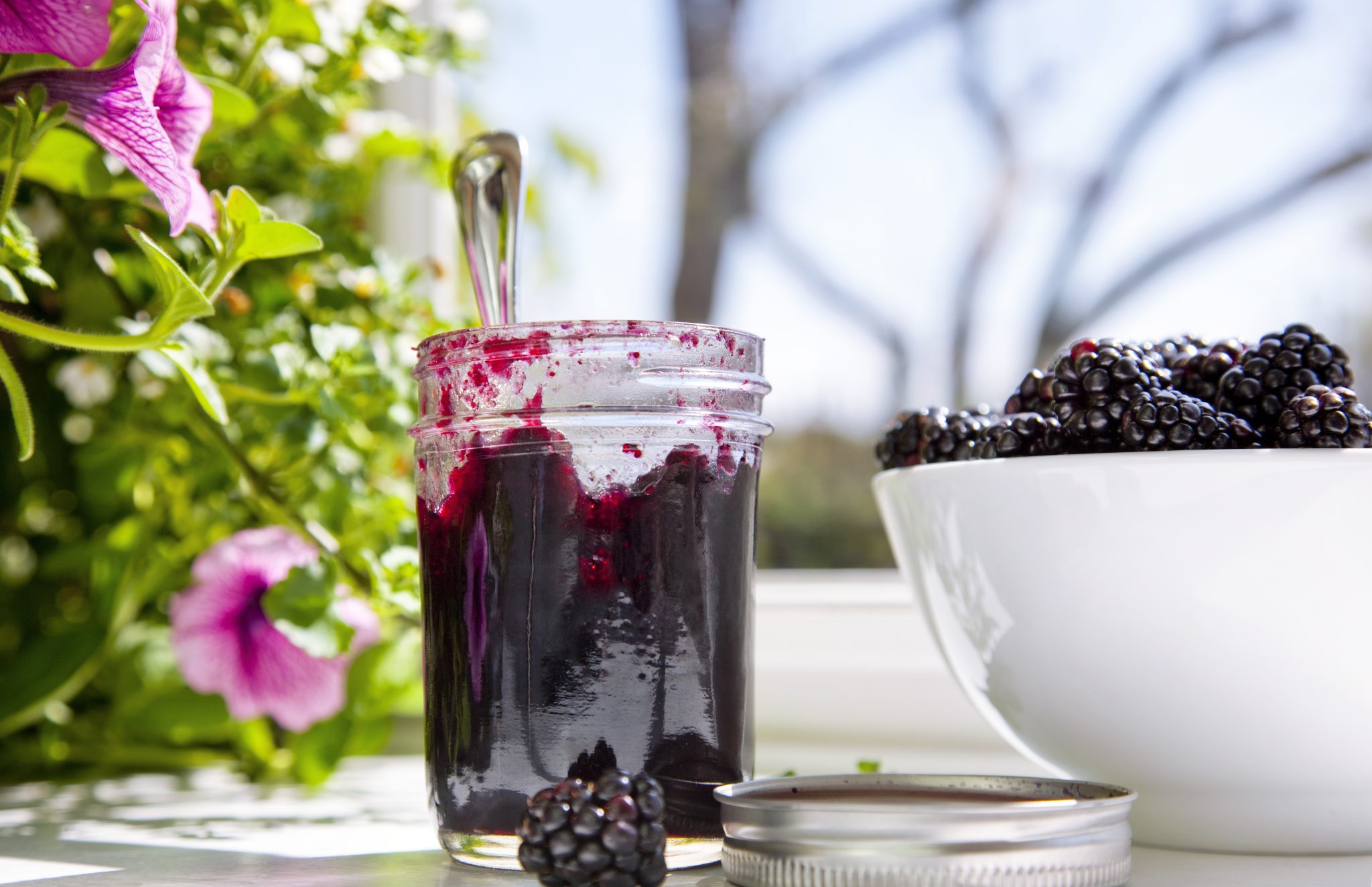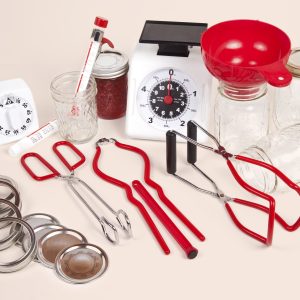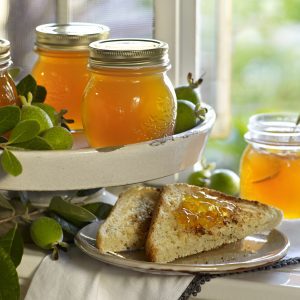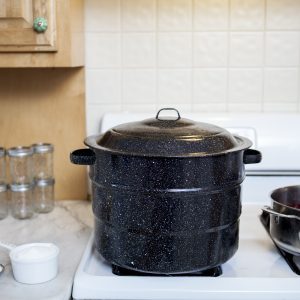Alabama Cottage Food Law

The Alabama Cottage Food Law, which went into effect in 2014 and was revised in 2021, provides rules and regulations for foods prepared by cottage food entrepreneurs. These foods include jams and jellies that can be safely canned in a boiling water bath canner.
When making home-canned jams and jellies, use only recipes and procedures approved by the United States Department of Agriculture (USDA). You can find these on any state Extension website or on the National Center for Home Food Preservation website. These recommendations have been tested for safety.
Canning Equipment
Proper canning equipment is essential for a safe product.
- Canning jars should be free of nicks, cracks, and rough edges. Wash jars in hot, soapy water, rinse well, and keep jars hot. If food is processed for less than 10 minutes, jars need to be sterilized first by boiling in clean water for 10 minutes before processing. Use standard canning jars. Do not use single-use glass jars, such as pickle and tomato sauce jars, to process
food at home. - Canning lids should be the two-piece, self-sealing type consisting of flat metal lids held in place by a metal screw band. Flat lids can NOT be reused. Always follow the manufacturer’s instructions on all types of lids.
Canning Essentials
- Water bath canner with rack
- Jar funnel
- Magnetic lid wand
- Bubble freer
- Hot pads
- Timer
Canning Basics
Food is placed in a canning jar and heated to a temperature that destroys targeted microorganisms. Heat inactivates enzymes that cause spoilage. Air is driven from the jar during heating; as the jar cools, a vacuum seal is formed.
Two Safe Methods of Canning
- Water bath canning is used for high-acid foods, such as fruits.
- Pressure canning is used for low-acid foods, such as vegetables and meats.
Why Two Ways to Can?
Yeast, molds, and most bacteria are destroyed in a water bath canner at boiling temperature, which is 212 degrees F. Clostridium botulinum bacteria can be present in soil where low-acid produce, such as vegetables, grow requiring a higher temperature for destruction. This higher temperature of 240 degrees F can only be reached in a pressure canner for a specific amount of time to destroy Clostridium botulium and its spores.
Conditions for C. Botulinum to Grow
- Oxygen-free environment, such as low-acid canned goods, vacuum-sealed packages, or improperly processed sealed jars
- Temperature between 40 degrees F and 120 degrees F
- Relatively high moisture
The best example of where botulinum spores can grow is in home-canned foods, such as vegetables, that are improperly processed.
Steps for Water Bath Canning
- Fill water-bath canner a little over half full and bring to a boil while you are preparing your jam or jelly.
- Fill hot jars with product, remove air bubbles, and wipe rim for proper sealing.
- Place sealing lid (prepared according to manufacturer’s recommendations) on jar, and adjust screw bands fingertip tight.
- Place jars on rack in canner.
- Add more hot water, if needed, so the water level is at least 1 inch above the jar tops, preferably 2 inches.
- Start processing time when water returns to a boil.
- Remove jars and place on a padded surface or towel (not a cold surface).
- Do not tilt jars.
- Cool away from drafts for 12 to 24 hours. If the lid is not sealed properly, reprocess within 24 hours or refrigerate.
- Remove bands.
- Clean and label jars.
Alice Moore, Regional Extension Agent, Food Safety and Quality, with Auburn University
Revised January 2022, Alabama Cottage Food Law: Making Jams & Jellies, FCS-2296




